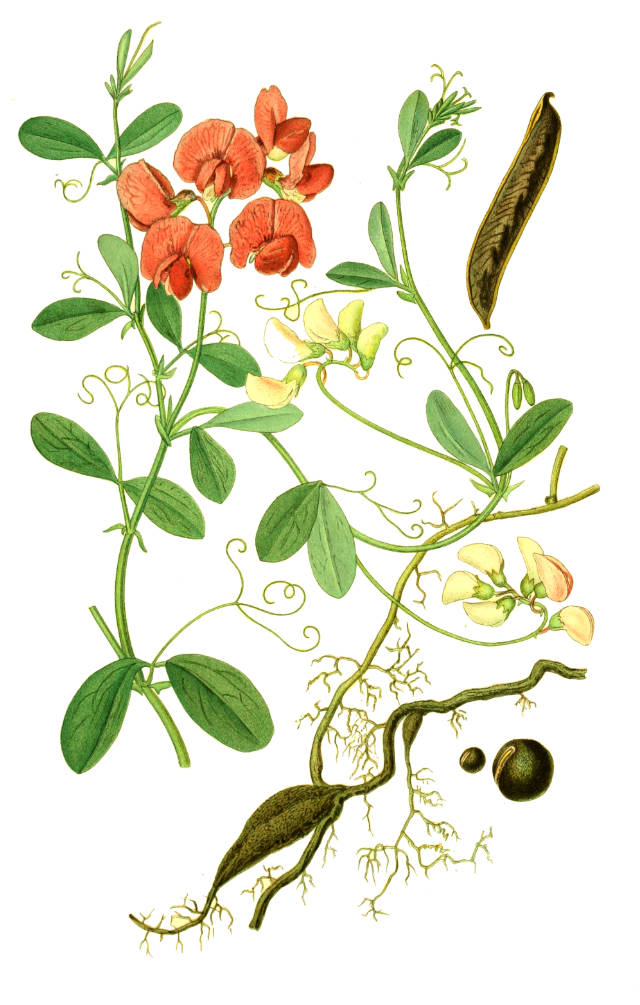What is Sustainable Agriculture?
Sustainable agriculture is all about growing food in a way that’s good for the environment, the economy, and society. It seeks to:
- Protect the environment by reducing pollution and conserving resources
- Be economically viable for farmers
- Support the well-being of farming communities
In simpler terms, farming can continue for generations without problems like soil depletion or pollution.
The Nitrogen Puzzle
Plants need several vital nutrients to grow, and nitrogen tops that list. It’s essential for making proteins, which plants need to build their structures and drive their metabolic processes. But there’s a catch: while the air we breathe is about 78% nitrogen, it’s in a form that plants can’t use.
Enter nitrogen-fixing plants, the superheroes of the plant world.
Nitrogen-Fixing Plants: Nature’s Fertilizer Factories
Some plants have a superpower – they can grab nitrogen from the air and convert it into a form they and other plants can use. They do this with the help of particular bacteria that live in their root nodules.
Examples of Nitrogen-Fixing Plants:
- Legumes: Beans, peas, lentils, and clovers
- Other Types: Alders, bayberry, and certain types of grasses

How They Work:
- The Partnership: Nitrogen-fixing plants form a symbiotic relationship with certain bacteria (like Rhizobium). These bacteria can convert atmospheric nitrogen into ammonia, a nitrogen form plants can absorb.
- Sharing the Wealth: When these plants die and decompose, the fixed nitrogen gets released into the soil, making it available to other plants.
The Benefits of Using Nitrogen-Fixing Plants in Sustainable Agriculture
- Reduces the Need for Chemical Fertilizers: These plants naturally enrich the soil with nitrogen, reducing the need for synthetic fertilizers that can harm the environment.
- Improves Soil Health: They help maintain soil structure and fertility.
- Supports Biodiversity: Farmers can support a broader range of species in the agricultural landscape by integrating these plants into crop rotations.
- Cost-effective: It can lower the cost of farming by reducing the need for expensive fertilizers.
Putting It Into Practice
Crop Rotation
Farmers can rotate nitrogen-fixing crops with other crops. After growing a nitrogen-hungry crop one year, they can plant a nitrogen-fixing crop the next year to replenish the soil.
Cover Cropping
Farmers can also plant nitrogen-fixing plants as cover crops during off-seasons. This protects the soil from erosion and improves its nitrogen content.
Agroforestry
Incorporating trees and shrubs that fix nitrogen into farming systems can improve soil health and provide other resources like wood or fruit.
The Big Picture
Embracing sustainable agriculture and using nitrogen-fixing plants is a step toward solving some of our planet’s biggest challenges, like food security and environmental degradation. By understanding and applying these concepts, we’re not just learning about biology; we’re preparing to be stewards of the Earth.
As students and future leaders, you have the power to contribute to a world where farming nourishes people without harming the planet. It starts with knowledge, grows with passion, and becomes reality through action. Let’s make our world greener, one plant at a time.
